In a very moving scene from Pirates of the Caribbean: At World's End (2008), when Captain Barbossa declares that "the world used to be a much bigger place," Jack Sparrow replies, "The world is still the same. Only it's less attractive." This is a sentiment likely shared by many people who grew up in the 1990s and who have a genuine nostalgic attachment to the decade. Of course, these sometimes embellished memories hide darker events, such as the AIDS years, the Years of Lead in Corsica, or the genocide in Rwanda. However, by ignoring the political and social dimension, we wanted to immerse ourselves in memories of this decade, in order to determine everything it left us culturally.
#1 Le Club Dorothée
Le Club Dorothée has played a major role in the democratization of Japanese animation in France. So much so that our country has become the second largest consumer of manga and anime after Japan. It must be said that Club Do was a real anomaly in the European television landscape: a children's show with a very wide time slot, largely devoted to Japanese cartoons. Several iconic series appeared in Club Dorothée, in censored versions and with sometimes wacky, but iconic dialogue: Dragon Ball Z, Nicky Larson, Ken the Survivor, Knights of the Zodiac, Ranma 1/2, Lamu, Sailor Moon, Juliet, I Love You, Nadia, the Secret of Blue Water. A show on which many young French people built their love for Japanese animation.
#2 The Golden Age of Rap
Now hegemonic, hip-hop became widely popular during the 1990s, both on American soil and in the rest of the world. Without provoking a debate on the supposed superiority of old school rap over current production, which would immediately make us look like a bunch of boomers (and make us put aside artists as talented as Kendrick Lamar in the US, Kneecap in Ireland or Nekfeu in France), we nevertheless feel a great affection for the hip-hop culture of the 1990s. Some albums from this period have never left our ears, such asThe Chronic by Dr. Dre (1993), Enter the Wu-Tang (36 Chambers) by Wu-Tang Clan (1993), Doggystyleby Snoop Dogg (1993),Illmaticby Nas (1994),Ready to Die by The Notorious B.I.G. (1994), 2Pac's All Eyez on Me (1996), Eminem's The Slim Shady LP (1999).
Same nostalgia on the French production side, with real gems like Suprême NTM's Paris sous les bombes (1995), IAM's L'école du micro d'argent (1997), Fonky Family's Si Dieu veut... (1997), Oxmo Puccino's Opera (1998), and even the revolution's Bad Eyeof Lunatic (2000), formed by the duo Booba and Ali. The golden age!
#3 The Second Golden Age of the Disney Studio
With the release of The Little Mermaid (1989), the Disney studio entered a blessed era, often called "the Second Golden Age" by film historians - the first referring to the period from Snow White and the Seven Dwarfs (1937) to Bambi (1942). Considering the many failures that the big-eared studio has recorded with its animated classics of the 2020s, listing those from the 1990s is dizzying: Bernard and Bianca Go Kangaroo Country (1990), Beauty and the Beast (1991), Aladdin (1992), The Lion King (1994), Pocahontas (1995), The Hunchback of Notre Dame (1996), Hercules (1997), Mulan (1998), Tarzan (1999).
While some Direct to VHS were obviously dispensable, it was also the golden age of Duck Tales, launched in the United States in 1987 and broadcast in France on TF1's Disney Club until 1997. (At the same time, the gigantic comic book author and artist Don Rosa was enhancing the story of the richest duck in the world with The Youth of Piscou.) It was also the golden age of Disney Stores, which emerged in major French cities. Today, the only Disney Store still open is at Disneyland Paris. Good news, since the studio with the big ears seems determined to reconnect with fans of the 1990s.
#4 Batmania
In the wake of Tim Burton's Batman (1989), the Dark Knight of Gotham City achieved a popularity that broke all records. It must be said that in the second half of the 1980s, comic book writers Frank Miller (The Dark Knight Returns, Batman: Year One), Alan Moore (The Killing Joke) and Jim Starlin (A Death in the Family) had prepared the ground well, the 1990s saw the emergence of new and particularly bold proposals that enriched the Batman mythology. If Tim Burton's Batman Returns (1992), a sublime gothic Christmas tale, disarmed audiences and disappointed Warner Bros.'s expectations - before becoming a cult classic in the decades that followed - the launch of Batman, the Animated Series the same year completed the establishment of Batman as the greatest hero of all time. On the comics side, we can also mention the immense contribution of Jeph Loeb and Tim Sale in The Long Halloween (1996).
#5 The Emergence of Halloween
The 1990s saw the emergence of Halloween in Europe, particularly in France. This Celtic-origin celebration, very popular in the United States, was carried forward thanks to American popular culture. We are thinking in particular of Tim Burton's films, but also of several cult films such as Disney's Hocus Pocus, The Addams Family, Casper, and Scream. Not to mention the many TV series, like Buffy the Vampire Slayer and Sabrina, the Teenage Witch, as well as the special episodes of The Simpsons. Thus, the night of October 31st to November 1st was special and was not limited only to the hunt for candy which now begins in the afternoon and without the slightest effort of costumes...
#6 The corruption of teen movies
If the 1980s are often considered the golden age of teen movies, the 1990s evolved the genre to better pervert it. While some viewers will inevitably think of the trashy humor of the first American Pie (1999), other masterpieces of the genre have contributed to making teen movies more scathing, ironic, and provocative: Larry Clark's Kids (1995), Amy Heckerling's Clueless (1995), Wes Craven's Scream (1996), and Roger Kumble's Cruel Intentions (1999). The success of Screem and Sabrina, the Teenage Witch in 1996, and then Buffy the Vampire Slayer in 1997, led the teen movie toward genre cinema. An exciting time!
#7 A great diversity for rock lovers
The hegemony of hip-hop has led to the decline of rock bands. While some post-punk bands, notably the brilliant Irishmen Fontaines D.C. and The Murder Capital - listen to their albums, they are extraordinary! -, and British punk (IDLES, Shame) have managed to emerge and amaze us with their energy and twilight poetry, rock no longer attracts as much as it used to. And although we really appreciate rap, this decline in rock pains us greatly.
In comparison, the 1990s shone with their variety. The year 1991, considered a pivotal year, illustrates this brilliantly with the release of Nevermind by Niravana and Ten by Pearl Jam - which brought grunge to the mainstream -, Achtung Baby by U2, the Black Album by Metallica, Blood Sugar Sex Magik by the Red Hot Chili Peppers, and Out of Time. Throughout the 1990s, landmark rock albums abounded, from PJ Harvey's Dry (1992). The birth of grunge has been mentioned, but we can also cite that of nu-metal. As with hip-hop, French artists were not far behind, with artists as major as Alain Bashung (Osez Joséphine) and Noir Désir (Tostaky, 666.667 Club).
#8 A crazy decade for moviegoers
While the 2020s gave us some great cinematic experiences, many viewers complain that Hollywood has become mired in nostalgia with dozens and dozens of sequels, prequels, and other spin-offs. In comparison, the 1990s appear to be a particularly significant decade for many film buffs. Not only did the great filmmakers of New Hollywood sign some of their most significant films - Goodfellas (1990) and Casino (1995) for Martin Scorsese, Jurassic Park (1993), Schindler's List (1993) and Saving Private Ryan (1998) by Steven Spielberg, Dracula (1992) by Francis Ford Coppola -, but in addition the 1990s saw the emergence of several directors who became true stars.
On obviously think of Quentin Tarantino (Reservoir Dogs,Pulp Fiction,Jackie Brown),David Fincher (Se7en,Fight Club), Paul Thomas Anderson (Boogie Nights,Magnolia),M. Night Shyamalan(Sixth Sense), Guy Ritchie(Scams, Crimes and Botany), Danny Boyle(Little Murders Between Friends,Trainspotting), Spike Jonze (In the Skin of John Malkovitch), Sam Mendes (American Beauty), the Wachowskis (The Matrix), Bryan Singer (Usual Suspects). Many other notable films and filmmakers contributed to making this decade such a memorable period.
Also a word about Hong Kong action cinema, which was very influential at the time. We are thinking in particular of the many masterpieces of John Woo (Bullet in the Head, Hardcover), who then dynamited Hollywood action cinema with Broken Arrow (1996) and Face/Off (1997). Meanwhile, Hong Kong filmmaker Wong Kar-wai was making some of the most beautiful romance films of all time, such as Chungking Express (1994) and Fallen Angels (1995).
In Japan, while Takeshi Kitano was making some of his best feature films (Sonatine, Kids Return, Hana-bi, The Summer of Kikujiro), J-Horror came to make horror film fans tremble with terror, notably with Cure by Kiyoshi Kurosawa (1997), Ring by Hideo (1998) or even Audition by Takashi Miike (1999). In Korea, the new wave of South Korean cinema is organizing to come and give us uppercut after uppercut from the beginning of the 2000s.
On the animated film side, the Disney studio is seeing new competitors emerge. First, Pixar revolutionized the medium with Toy Story (1995), the first film entirely made by computer. Then, former Disney employees managed to take Disney's aesthetic codes and use them for ambitious fiction, such as Don Bluth (Anastasia and Brad Bird (The Iron Giant). While Jeffrey Katzenberg, former head of Disney's animation division, founded DreamWorks with Steven Spielberg and David Geffen, Warner Bros. developed its subsidiary Warner Bros. Animation.
But the main competitor perhaps comes from Japan, where Studio Ghibli - which celebrates its fortieth anniversary this year - is finally popularizing Japanese animation, arriving in the West with masterpieces such as Hayao Miyazaki's Porco Rosso (1992) and Princess Mononoke (1997). Satoshi Kon, for his part, is making a lasting impression with Perfect Blue (1997).
#9 Nintendo vs SEGA
Two weeks after the release of the Nintendo Switch 2, the Big N seems to have fully succeeded in its bet: its new hybrid console is a hit. With power close to that of a PlayStation 4 Pro, it remains less powerful than the new-gen consoles. For one simple reason: Nintendo has never focused on power. Besides, Xbox and PlayStation are not its real adversaries. There was a time when Nintendo had a rival. Its name: SEGA.
Indeed, in the 1990s, Nintendo and SEGA engaged in fierce competition. In schoolyards, each defended its own faction; on one side, fans of Mario, Zelda, and Metroid; on the other, Sonic the Hedgehog, Shinobi, and Streets of Rage. Nintendo, more family-oriented than its punk rival, triumphed. SEGA's defeat was partly due to the Japanese company's desire to compete with SONY's PlayStation, with the Saturn and the DreamCast.
#10 The TCG craze
The triumph of Magic: The Gathering, published by Wizards of the Coast from 1993, led to the emergence of collectible card games. Several other games followed, including Pokémon and Yu-Gi Oh!. While these games continue to be a huge success - a few days ago, Hitek offered you a selection of eight very popular Trading Card Games (TCGs), some of which are very recent - we remember with nostalgia our eagerness to buy boosters at the newsagent, before being able to exchange our cards in the playground. Quite an era!
#11 Celto-mania
While Alan Stivell's concert at the Olympia in 1972 launched the first revival of Celtic and Breton music in France, the 1990s saw the second revival. The immense success of Alan Stivell's album Brian Boru (1990), which mixed Celtic sounds, rock and hip-hop, allowed Celtic music to shine again. From Belle et Rebelle by Tri Yann (1990) to the great mass L'Héritage des Celtes by Dan Ar Braz, via Gilles Servat (A-roak mont kuit) and the emergence of immensely talented newcomers like Denez Prigent, with Ar Gouriz Koar (1992) and Me "Zalc'h Ennon Ur Fulenn Aour (1997). Two major albums for gwerzoù lovers. The rock group Matmatah and the hip-hop group Manau will experience a huge success in 1998, with respectively La Ouache and Panique celtique.
Celto-mania also affected the rest of the Celtic countries, notably Ireland. The legendary group The Chieftains released The Long Black Veil (1995), which brought together on each traditional Irish piece big names of rock, such as the Rolling Stones, Marianne Faithfull, Sting of The Police and Sinéad O'Connor. Celtic music more generally affected French variety. While Renaud sang La Ballade nord-irlandaise in 1991 to the tune of the Scottish song The Water is Wide, Jean-Jacques Goldman composed the songs for Chansons pour les pieds (2001), an album on which he featured Breton musician Bruno Le Rouzic on Et l'on y peux rien and Je voudrais vous revoir.
Let us note that celto-mania coincides with the revival of world music and an increasingly significant rejection of globalization, which will allow regional cultures and languages to regain their strength. Renaud's speech at the 1994 Victoires de la Musique, a ceremony during which he won an award for his album entirely in Picardy, Renaud cante el' Nord, and the songs chosen to represent France in the Eurovision Song Contest - notably Monté la riviè from Kali (1992), in Martinican Creole, and Diwanit Bugale from Dan ar Braz (1996), in Breton - illustrate this perfectly.
#12 A prosperous decade for French comedy
While some viewers predicted its slow death, French comedy seems to be in very good health in 2025, as illustrated by the triumph of the series Bref 2by Kyan Khojandi andAsterix & Obélix: Le Combat des Chefsby Alain Chabat. Next October, Kaamelott: Deuxième Volet(part 1) by Alexandre Astier and Yoroï by David Tomaszewski and Orelsan should confirm this trend.
As lovers of French comedy, we have a particular affection for the comedies of the 1990s, which saw the emergence of some geniuses such as Alain Chabat (Didier), Les Inconnus (Les Trois Frères), Michel Hazanavicius (La Classe américaine), Benoît Poelvoorde (C'est arrivé près de chez vous) and the duo formed by Jean-Pierre Bacri and Agnès Jaoui (Cuisine et dépendances).
And you, what are your best memories of the 1990s? Don't hesitate to tell us in the comments section. And if you liked this article, let us know! Perhaps we'll do the same for the 2000s?


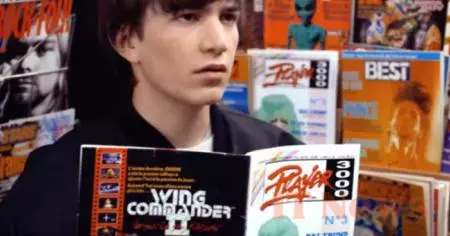
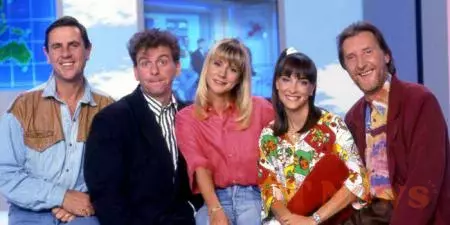

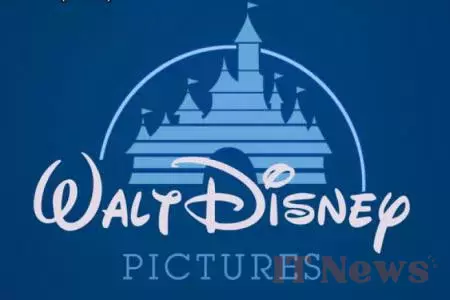
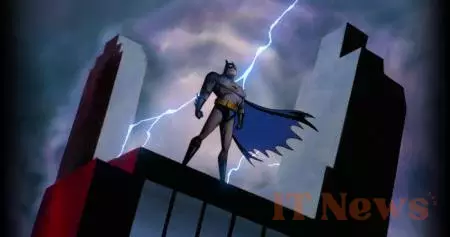
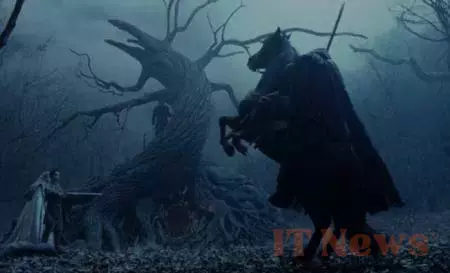

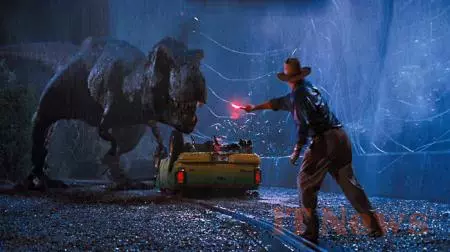
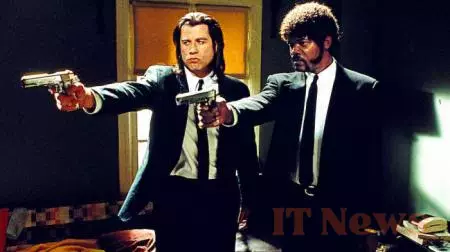
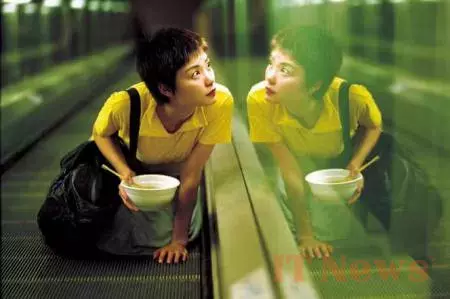
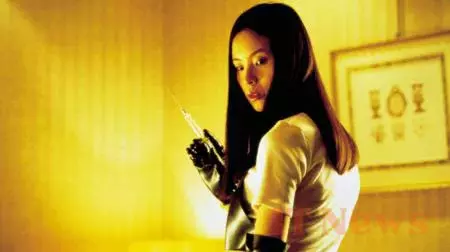
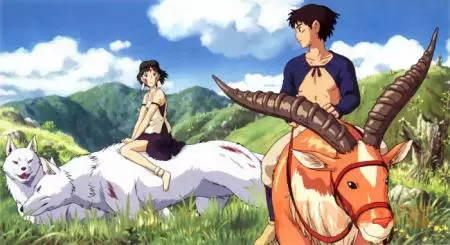
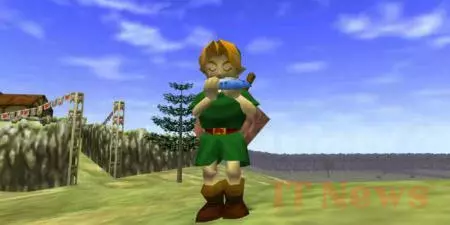
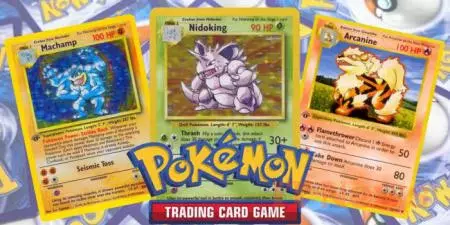
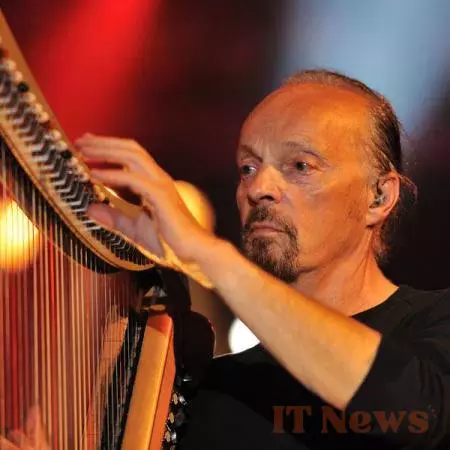

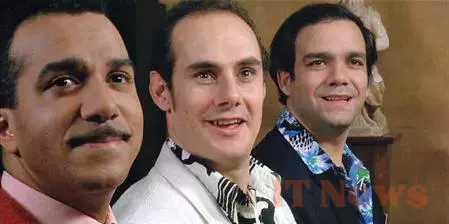

0 Comments